Sexual Reproduction in Mammals
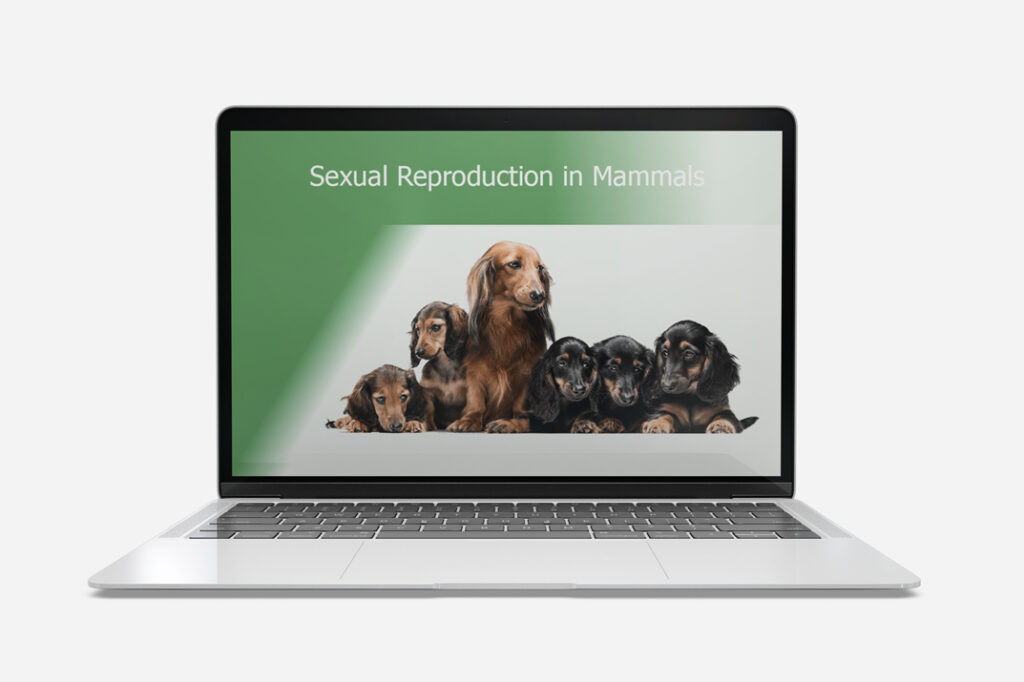
Description National Curriculum Objectives Target Age By the end of this unit, children will: learn about sexual reproduction for the first time; What’s Included Three-part Lesson Self-marking Activities Fluency, Reasoning and Problem-solving Questions. Engaging Drag and Drop Activities Interactive Self-marking Worksheet Printable Worksheets to Consolidate Learning Year 5 Science: Living things and their habitats describe […]
Food Chain
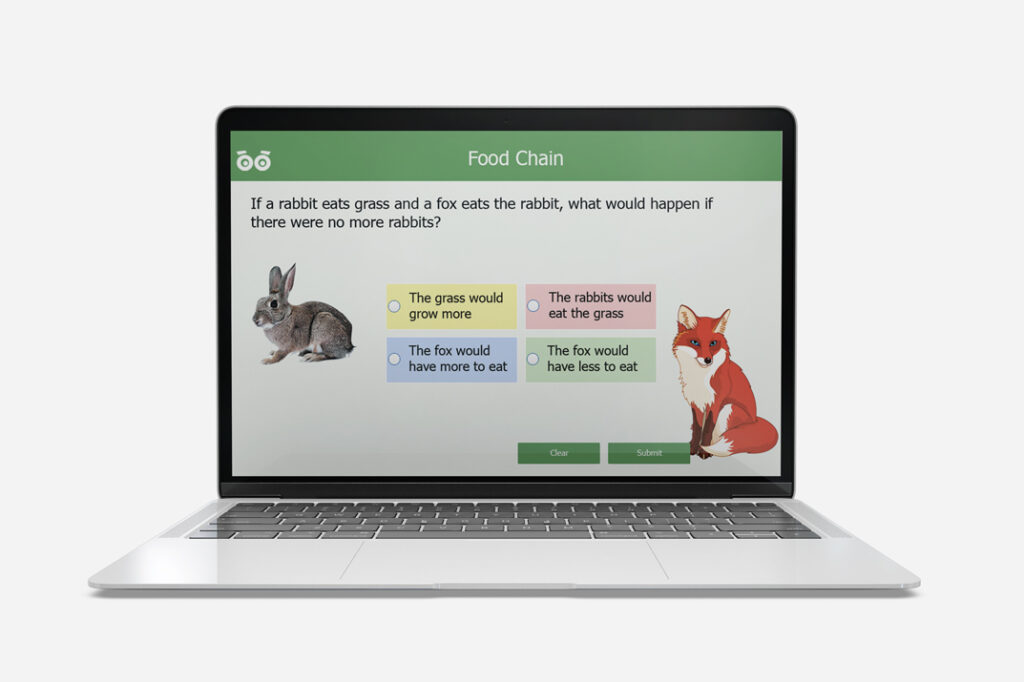
Description National Curriculum Objectives Target Age By the end of this unit, children will be able to: build on their understanding of habitats; identify and name different sources of food; explore simple food chain for the first time; use knowledge of carnivore, herbivore and omnivore when creating a food chain. What’s Included Three-part Lesson Self-marking […]
Environmental Changes and Potential Dangers
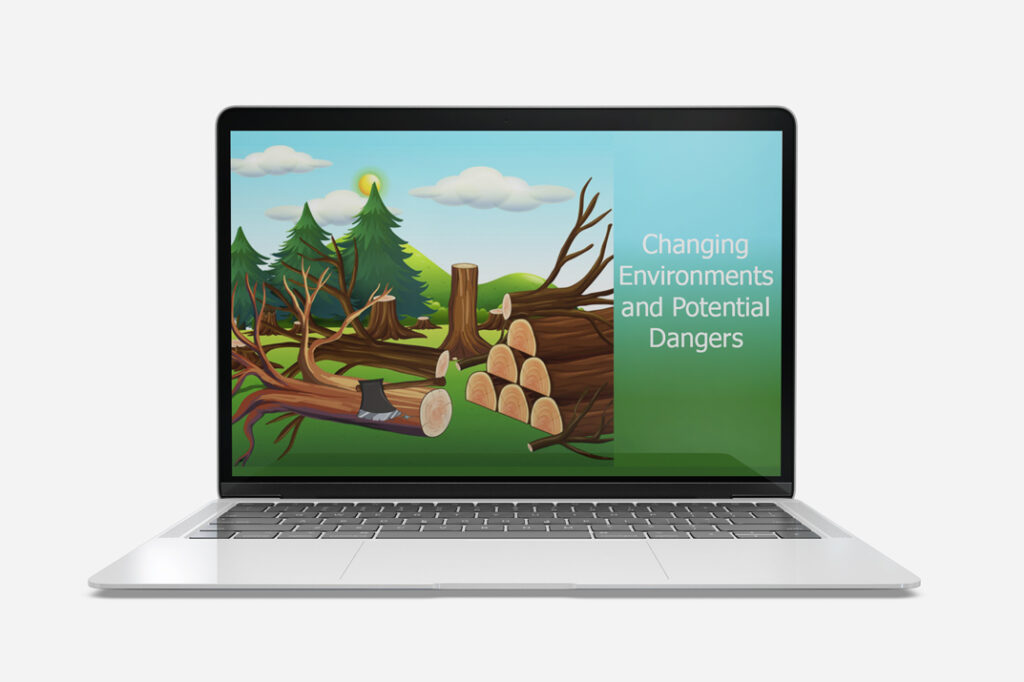
Description National Curriculum Objectives Target Age By the end of this unit, children will be able to: recognise that environments can change; understand how these changes may pose dangers to living things; develop critical thinking about environmental conservation. What’s Included Three-part Lesson Self-marking Activities Fluency, Reasoning and Problem-solving Questions. Engaging Drag and Drop Activities Interactive […]
What is an Ecosystem?
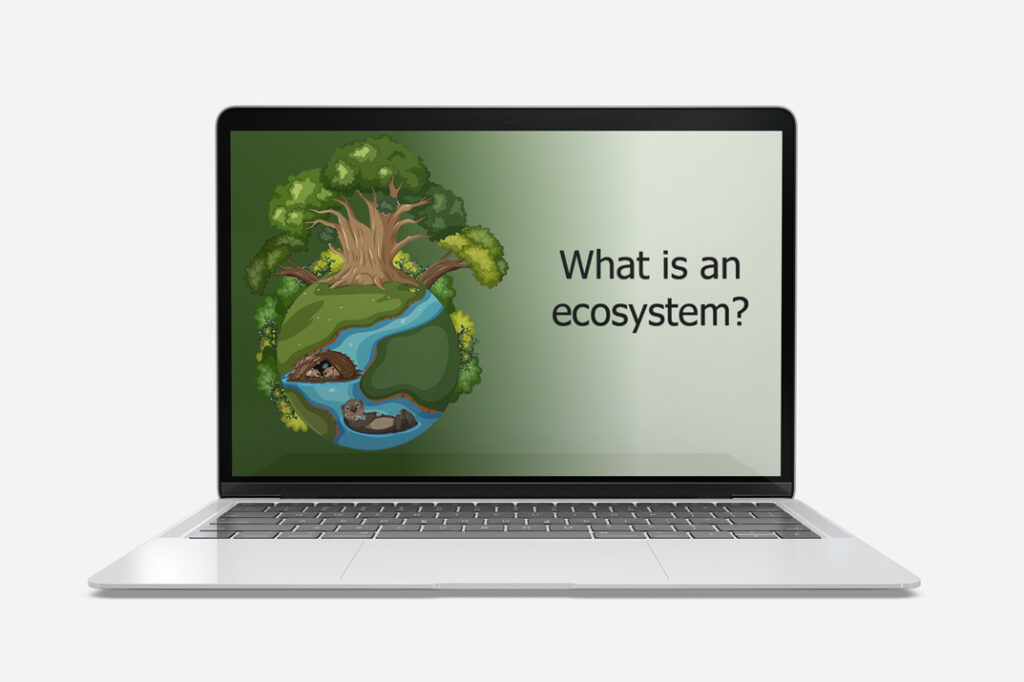
Description National Curriculum Objectives Target Age By the end of this unit, children will be able to: understand that an ecosystem is a community of animals, plants and microorganisms together; What’s Included Three-part Lesson Self-marking Activities Fluency, Reasoning and Problem-solving Questions. Engaging Drag and Drop Activities Interactive Self-marking Worksheet Printable Worksheets to Consolidate Learning Year […]
Classifying Microorganisms
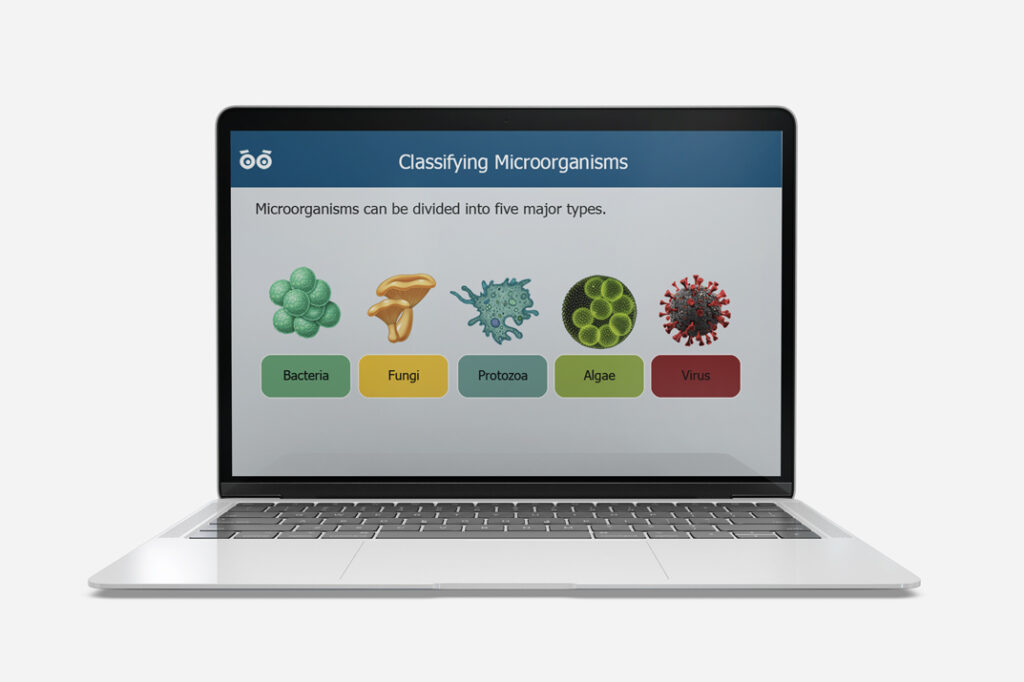
Description National Curriculum Objectives Target Age By the end of this unit, students will be able to: classify different types of microorganisms (bacteria, viruses, fungi, protozoa) based on their characteristics; understand how micro-organisms can be divided into groups, according to common observable characteristics; and understand their roles in the environment and human health. Three-part Lesson […]
Microorganisms
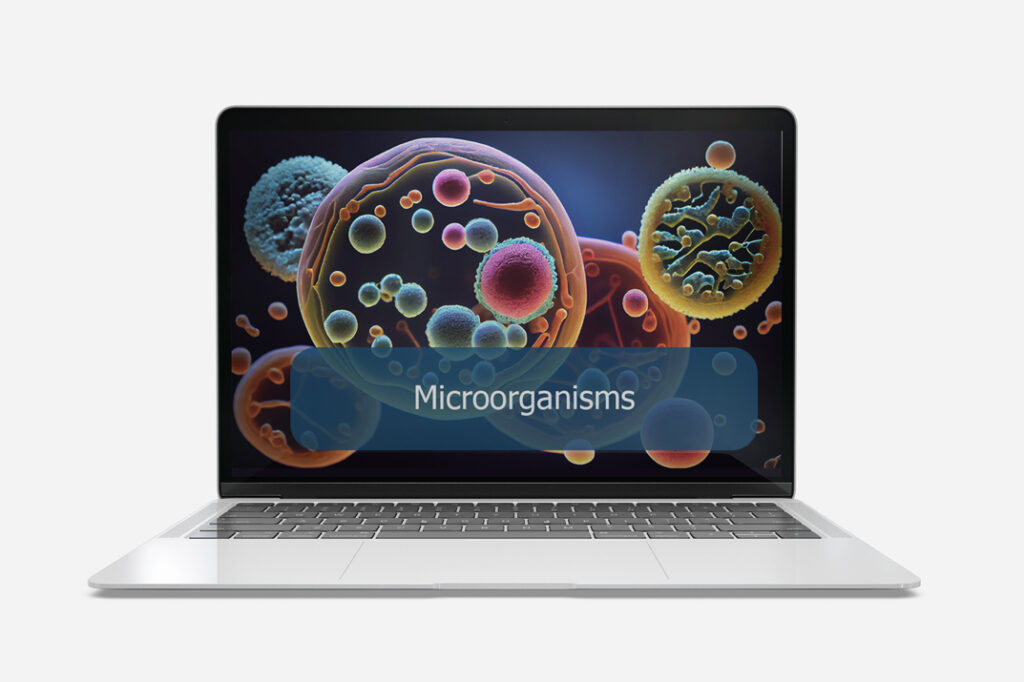
Description National Curriculum Objectives Target Age By the end of this unit, students will be able to: define what microorganisms are and their types; explore where bacteria can be found and their functions; identify diseases caused by viruses. learn about fungal infections and their effects. Three-part Lesson Self-marking Activities Fluency, Reasoning and Problem-solving Questions. Engaging […]
Woodland and Ocean Habitat
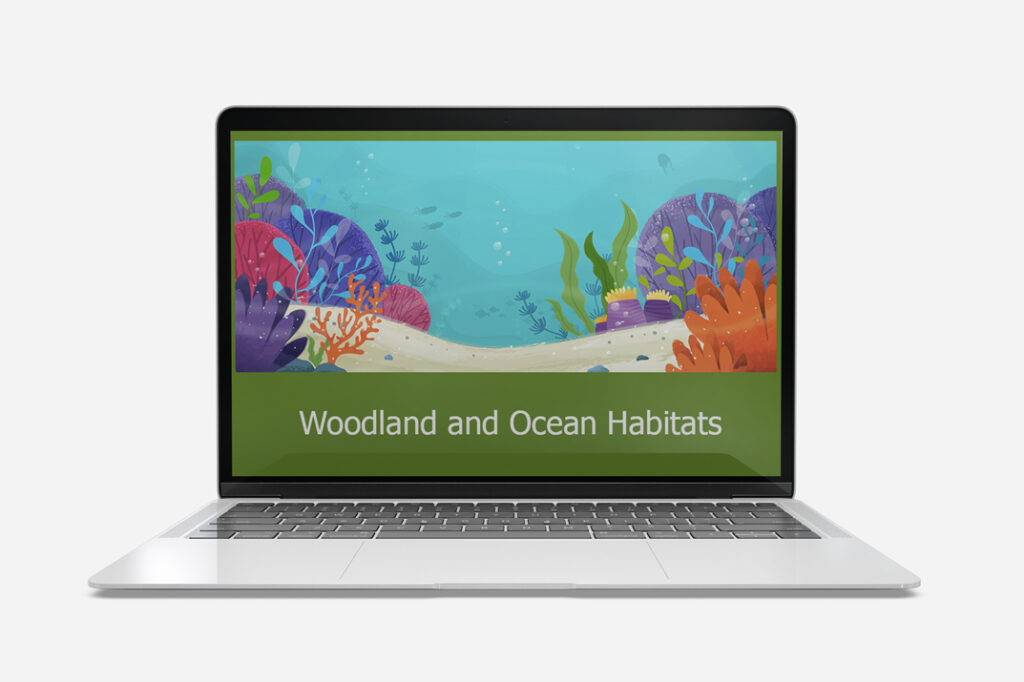
Description National Curriculum Objectives Target Age By the end of this unit, students will be able to: Identify and describe the key characteristics of woodland and ocean habitats. Identify the types of plants and animals that live in each habitat. Three-part Lesson Self-marking Activities Fluency, Reasoning and Problem-solving Questions. Engaging Drag and Drop Activities Interactive […]
What is a Polar Habitat?
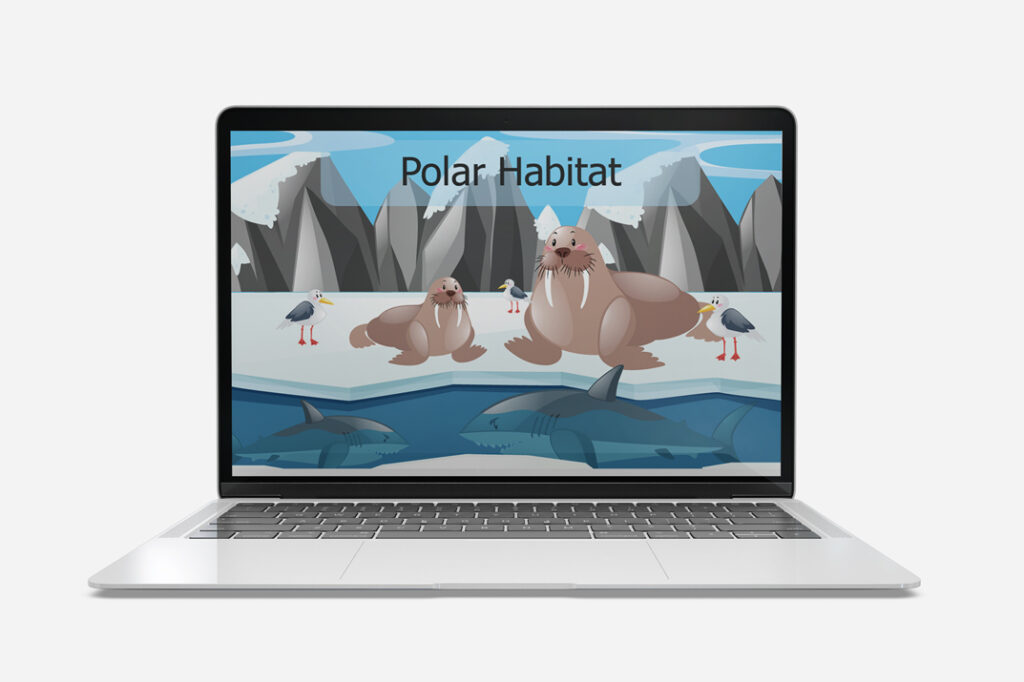
Description National Curriculum Objectives Three-part Lesson Self-marking Activities Fluency, Reasoning and Problem-solving Questions. Engaging Drag and Drop Activities Interactive Self-marking Worksheet Printable Worksheets to Consolidate Learning Age: 6-7 England & Wales: Year 2 Scotland: Primary 2 Rep. Ireland: First Class Australia: Grade 1 USA: Grade 1 Year 2 Science: Living things and their habitats: Identify […]
